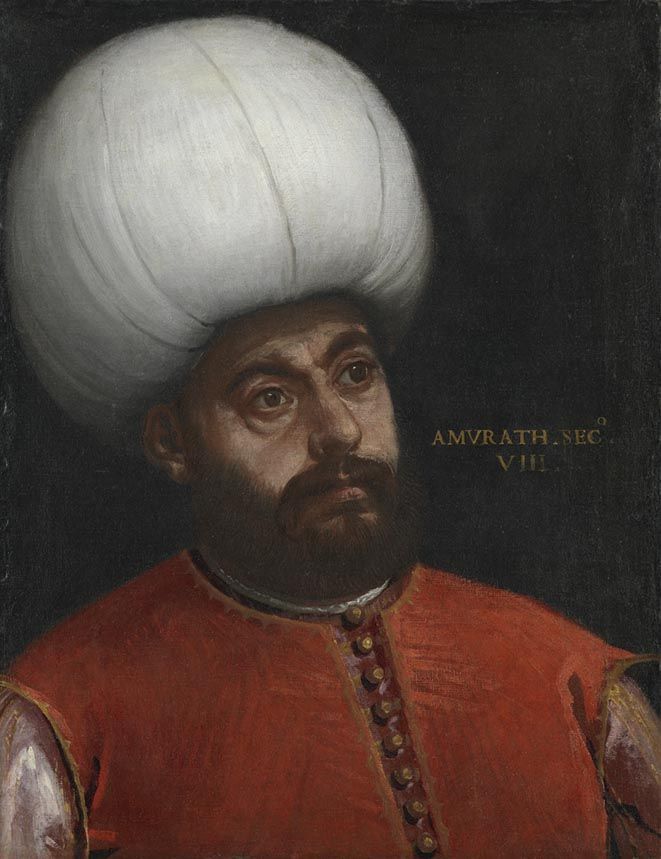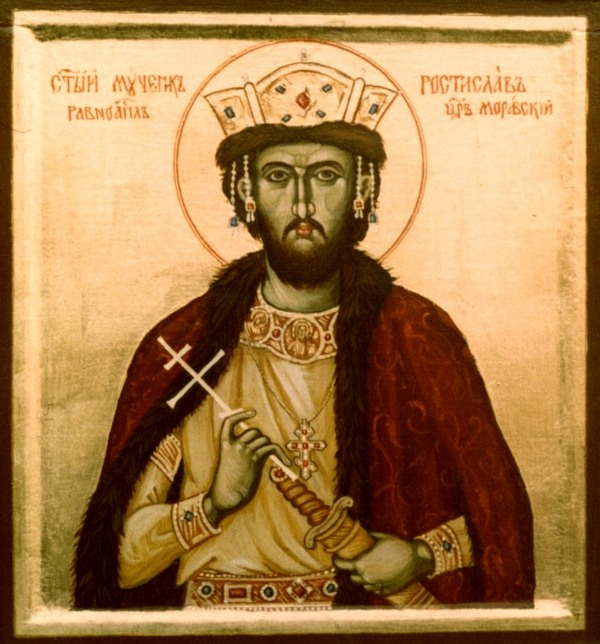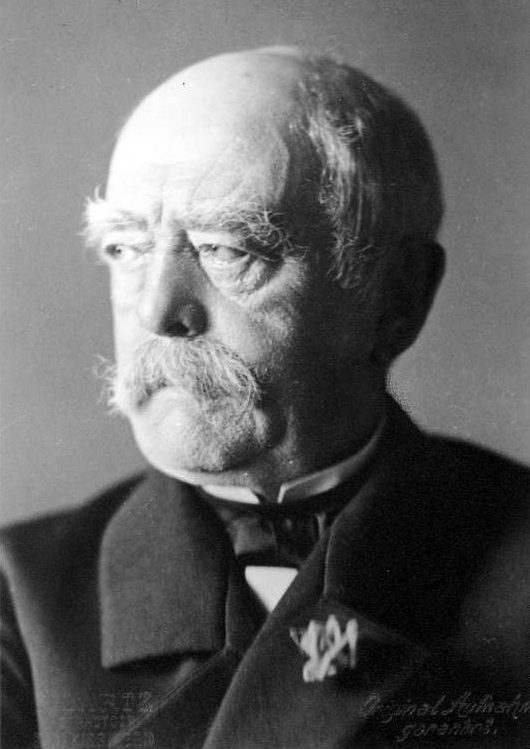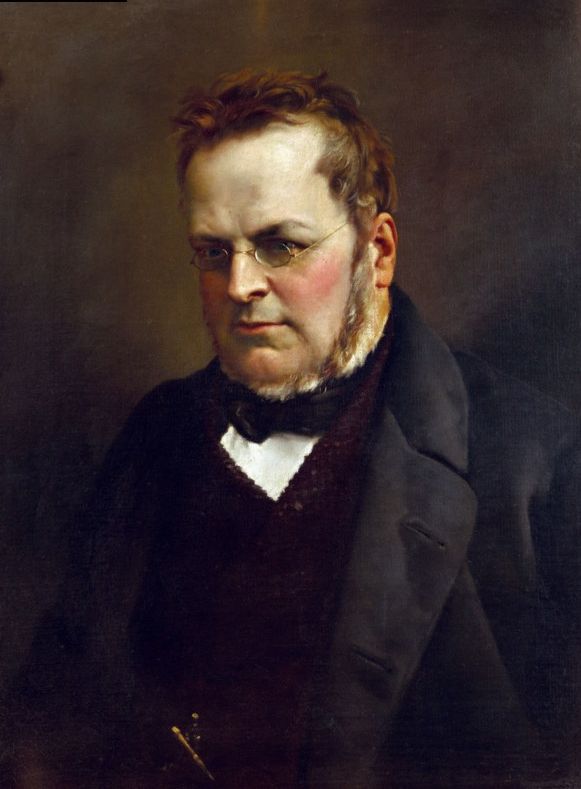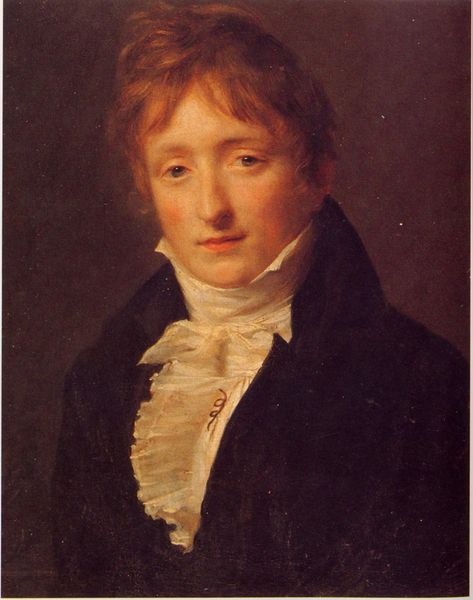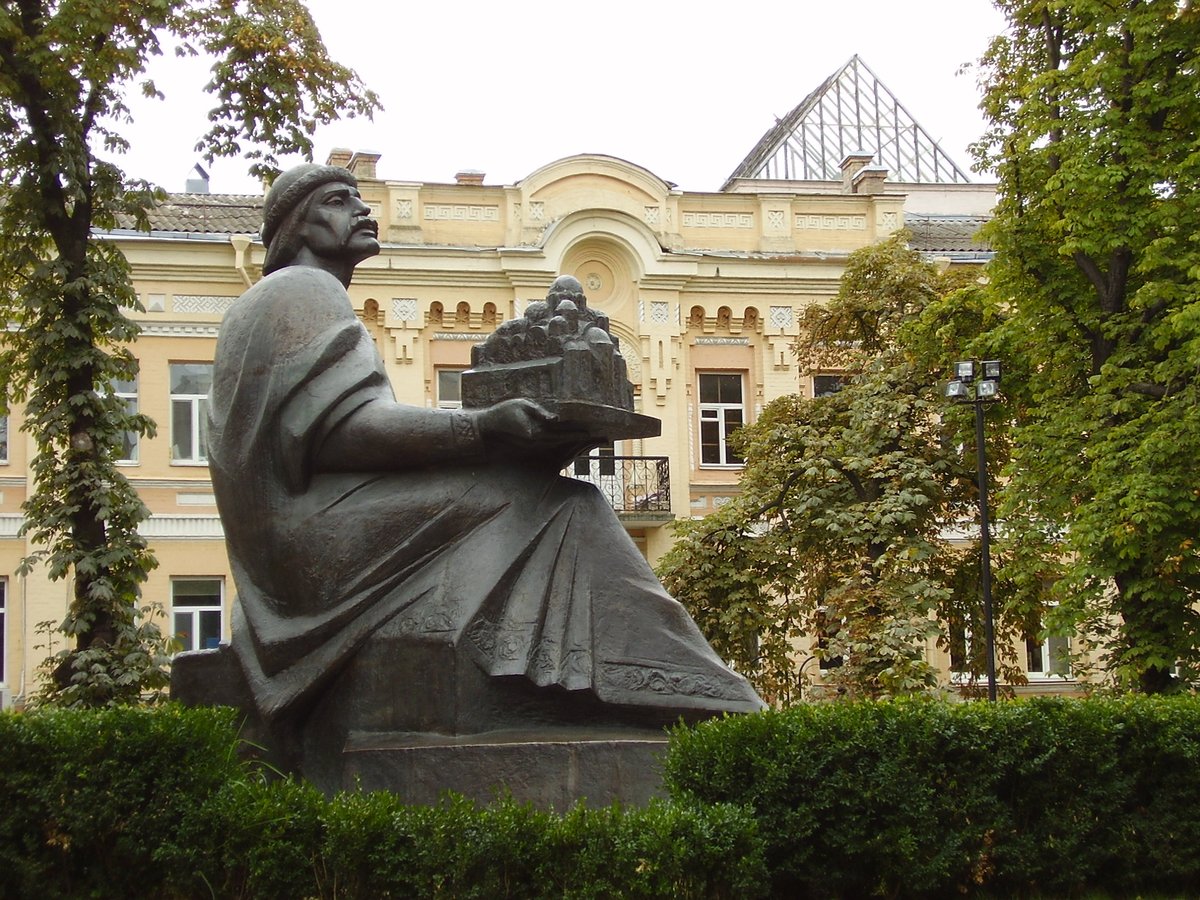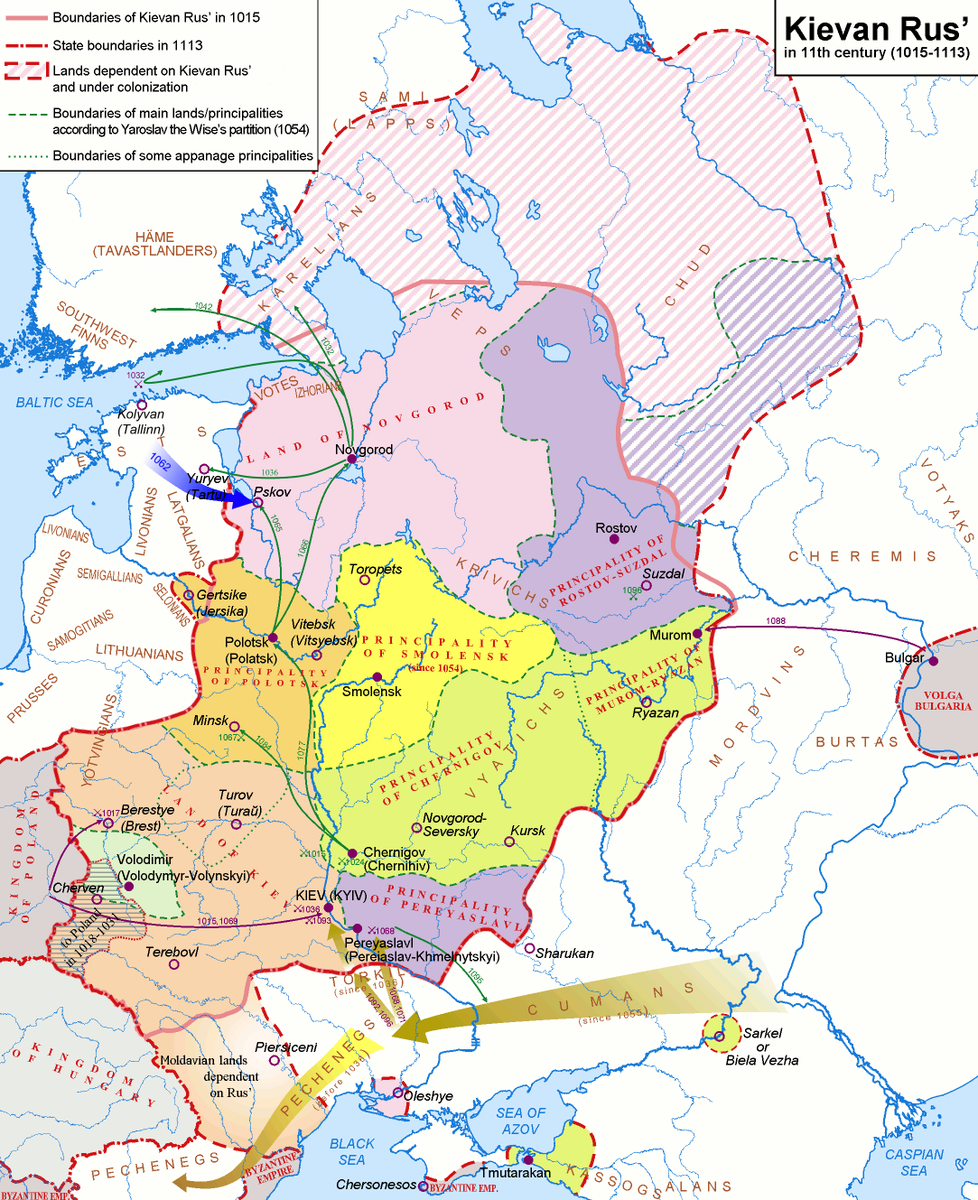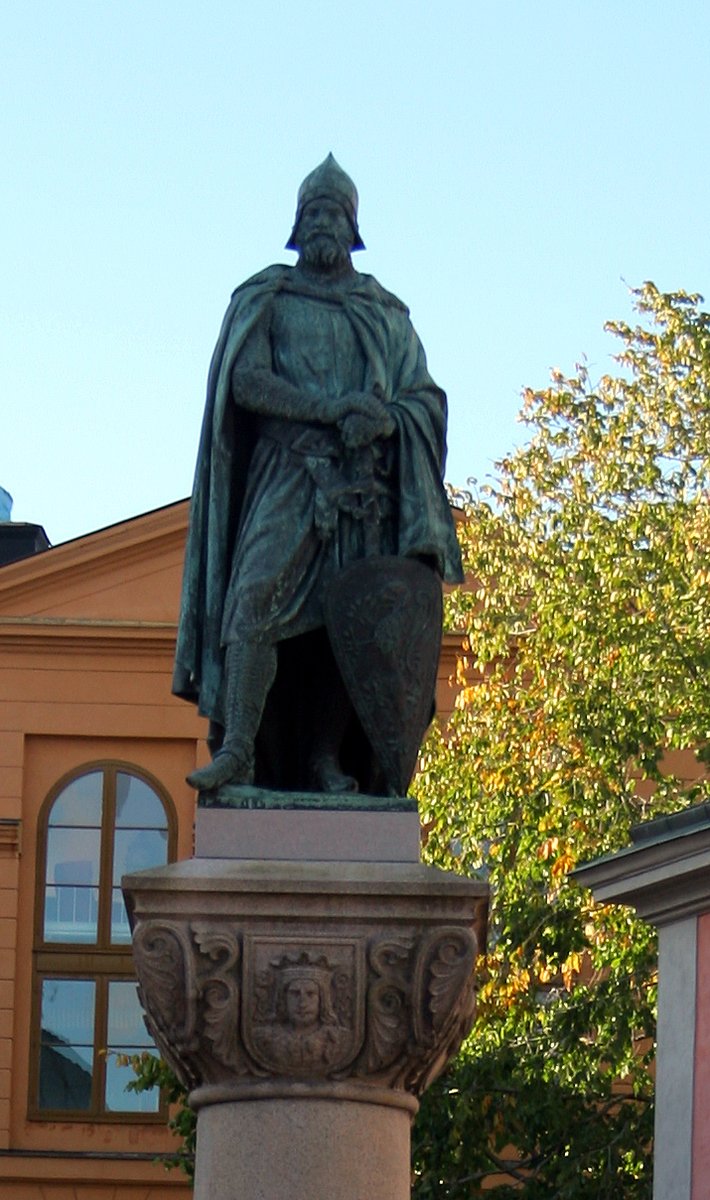A centuries old Principality.
A period of enlightenment.
But an unyielding autocrat takes power and a revolution gets triggered, bringing to end the old Principality.
Story in the evening ...
A period of enlightenment.
But an unyielding autocrat takes power and a revolution gets triggered, bringing to end the old Principality.
Story in the evening ...
https://twitter.com/Arby_K/status/1461522140381941769
César-Constantin-François de Hoensbroeck was born in 1724 to Ulric Antoine de Hoensbroeck and Petronella Salome von Nesselrode. Hoensbroeck were a noble family from Limburg, but César de Hoensbroeck spend most of his life in Liège. 1/10 

He studied at Heidelberg and, after a brief stint at Aachen cathedral, was ordained as a priest in 1752 at Liège. Liège was, at the time, run by the Bavarian Prince, Johann Theodor von Wittelsbach, who was also the Prince-Bishop of Liège. 2/10 
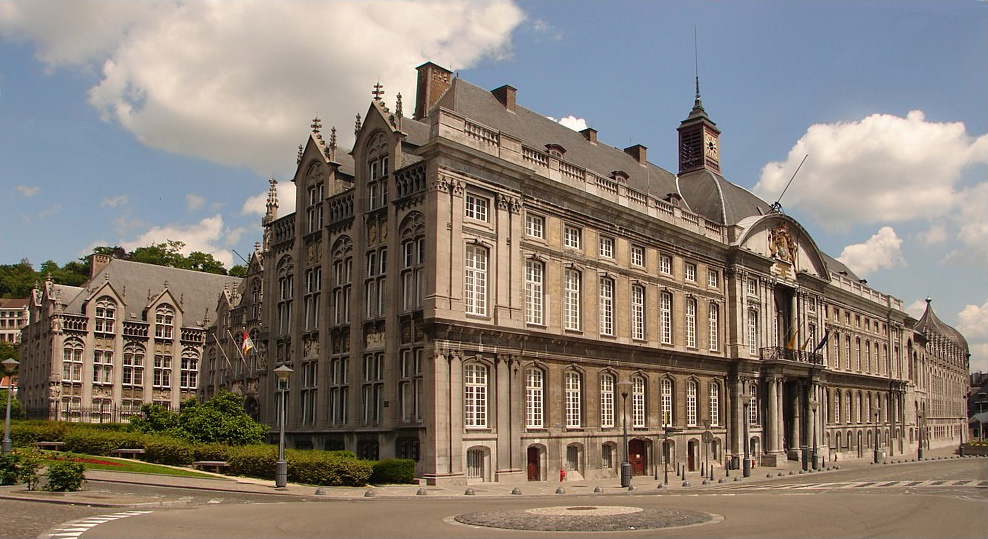
Prince-Bishopric of Liège was an ecclesiastical Principality of the Holy Roman Empire, one of the many scattered across the Empire. There was also a larger Diocese of Liège, over which the Prince-Bishop had only the ecclesiastical responsibilities of a Bishop. 3/10 



Liège had become a Principality in the 980s when German King Otto re-formed the Holy Roman Empire. Its Bishop Notger became the first Prince-Bishop of Liège and his successors as Bishop were imperial Princes of the Empire. 4/10 

The Prince-Bishopric gained the Counties of Loon and Horne over the centuries. In the meantime, the House of Valois-Burgundy, and later the House of Habsburg, consolidated the provinces in the region to form Seventeen Provinces. Liège had managed to stay out of it. 5/10 

In 1772, François Charles de Velbrück became the new Prince-Bishop. He had extensive experience as a diplomat and in clergy. He undertook many reforms in Liège, updating the laws and improving access to education. 6/10 

Velbrück died in 1784 and it was Hoensbroeck who became the new Prince-Bishop. Hoensbroeck reversed many of his predecessor's reforms, making him unpopular. As the discontent rose, an event in 1789 France had an impact on Liège. 7/10 

A month after Bastille was stormed, revolution reached Liège. Hoensbroeck's officers were captured or removed and a Republic was proclaimed. A year later, César de Hoensbroeck fled from Liège and took refuge in the Empire. 8/10 

The Republic was short lived though, after Habsburg forces captured Liège in 1791 and brought back Hoensbroeck. Hoensbroeck, however, died the next year and was succeeded as Prince-Bishop by his nephew, François de Méan. 9/10 

However, popular opinion remained against the Prince-Bishop. In 1795, France annexed Liège ending the existence of the Prince-Bishopric. After the collapse of the French Empire, most of its area would end up in Netherlands, and later in Belgium after 1830. 10/10 
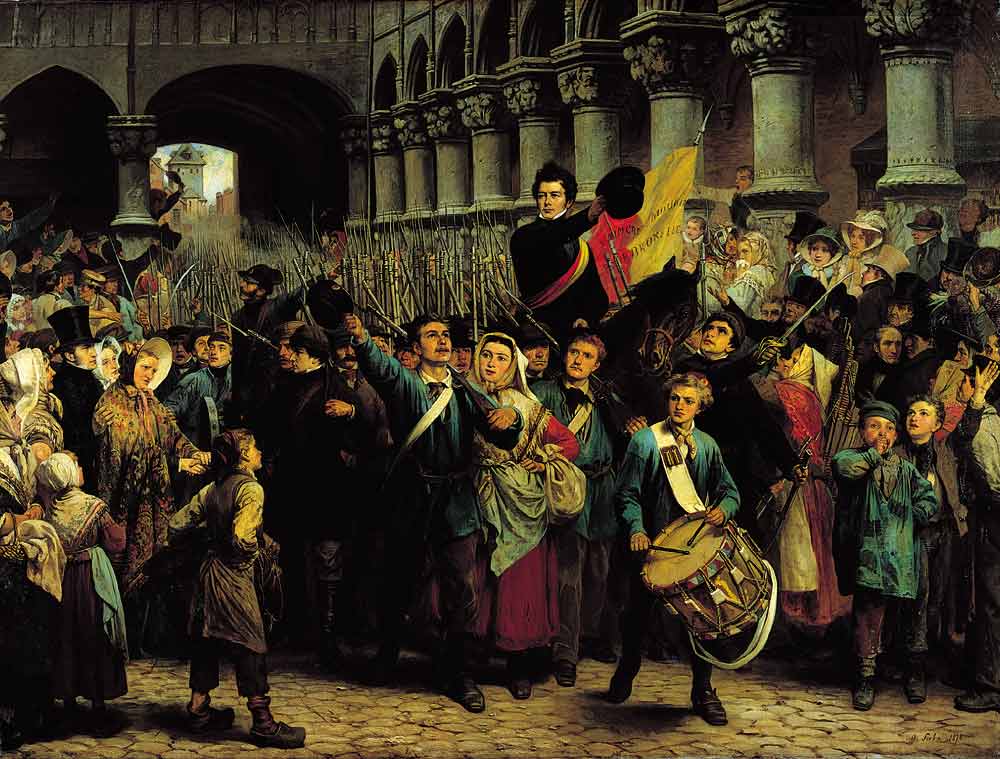
• • •
Missing some Tweet in this thread? You can try to
force a refresh


